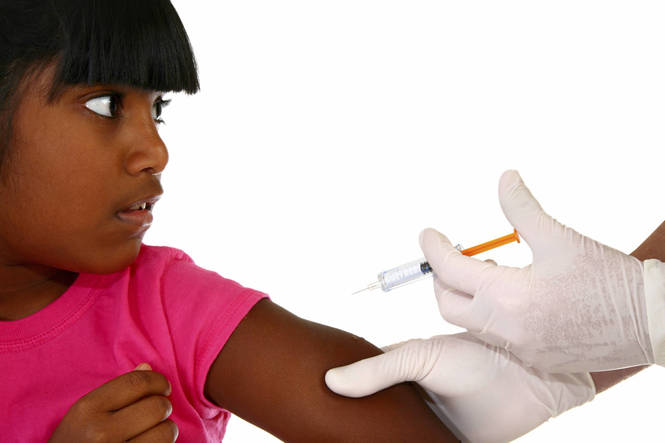Volunteers from Gerakan Generasi Bisa held a campaign on Saturday to raise awareness among Balinese women on the major threats they face nowadays, which include cancer, HIV, domestic violence and lack of political representation.
The campaign was held along with a talk show, free pap smears, HIV counseling and breast cancer early detection at Puputan Renon field.
Inne Susanti and Made Suyasa Jaya of the Obstetric and Gynecologist Doctors Association (POGI) explained that the lack of reproductive health awareness meant cervical and breast cancers remained the deadliest health issues faced by women.
Jaya estimated that cervical cancer among Balinese women occurred in between 100-150 cases per 100,000 population. It is estimated that every 2-3 days two women die of this type of cancer.
Meanwhile, program coordinator of Yayasan Spirit Paramicatta, a foundation specializing in support for people with HIV/AIDS, Opie Sulaeman, acknowledged that HIV cases among housewives had increased over the years. At present, Bali ranks as the second province after Papua with the highest prevalence of AIDS cases per 100,000 population.
In terms of domestic violence, head of the Denpasar Police’s Women and Children’s service unit Adj. Comr. Yohana Agustina, pointed out that cases of domestic abuse had risen to become the dominant type reported to the unit.
“It’s not only women, children have also become the victims of domestic violence,” she said, while urging the public to immediately report any cases they witness.
Meanwhile, chairwoman of the Bali chapter Kaukus Perempuan Politik Indonesia, Sri Wigunawati acknowledged that the various problems faced by women in Bali nowadays did not receive much attention from the legislative council because of the lack of female representation at regency and provincial level.
Bali is among the provinces in Indonesia with the lowest level of female representation in the legislature. The 2004 general election saw 18 women (4.5 percent) elected with 385 male representatives.
The 2009 election saw an increase to 7.5 percent female representation (30 people), while 374 men were elected.
Sri urged women voters to use their vote at the general election next year for more female representation.
Sri highlighted that female representatives usually provided more attention to the basic issues of health and education.
During the campaign on Saturday, participants also read the declaration “Perempuan Bali Berharga” (Valued Women of Bali) that says no to all forms of abuse, stigma and discrimination. positivelivingbc



